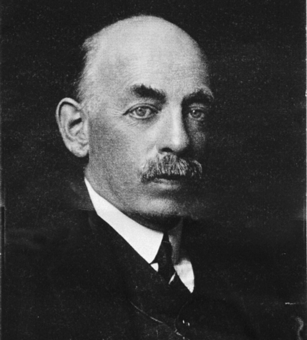1922
The Organisation was founded by Captain John Glynn-Jones and David Davies of Llandinam, later to become Lord Davies of Llandinam.
Captain Glynn-Jones worked as a welfare officer at the Ocean Coal Mining Group, owned by the Davies family, with coal mines across South Wales. He recognised the problems faced by the young "collier boys” who had little or nothing to occupy them during their leisure time. He came up with the idea of developing clubs where the boys could access healthier lifestyle opportunities such as sport and exercise, cultural activities and develop their discipline and responsibility in their own communities.
The first Boys’ Club was officially opened in Treharris in 1922, followed by other Boys’ Clubs across the South Wales Valleys.

Lord Davies of Llandinam portrait
The first Annual General Meeting was held in May 1928 in Cardiff, where the participants agreed on future plans for the development of the Organisation.
1923
A group of boys from the Ocean Coalfield Area took part in a camp organised by HRH The Duke of York. This experience conceived the idea of developing a similar camp in South Wales.
1925
After an experimental period of two weeks in 1925, the St Athan Boys’ Camp - where members from every Boys' club could attend - opened. The official name was “The Miners’ Welfare Fund District Committee Seaside Camp”. The facility was supported by donations from the Miners' Welfare Fund and Captain Glynn-Jones hope to develop unity between the different clubs with the help of the camp facility.
1928
In July the first Annual Conference with club leaders, management committee members and secretaries of the first six boys' clubs took place at St Athan Boys' Village. Two months later, the existing clubs united as The South Wales Federation of Boys' Clubs.
After a process of decentralisation, there were twelve club areas in the region of South Wales.
The South Wales Federation extended its area and became The Welsh Association of Boys' Clubs. After strengthening the membership conditions, the total number of affiliated clubs was reduced to 107, most of them located in the mining areas.
If you want to discover more about the history of the Organisation please don’t hesitate to visit the guide: "Timeline 28-08 A history of the Boy’s Club Movement in Wales".
Take a look at our Gallery!
 |  |  |  |
|---|---|---|---|
 |  |  |  |
 |
.png)


